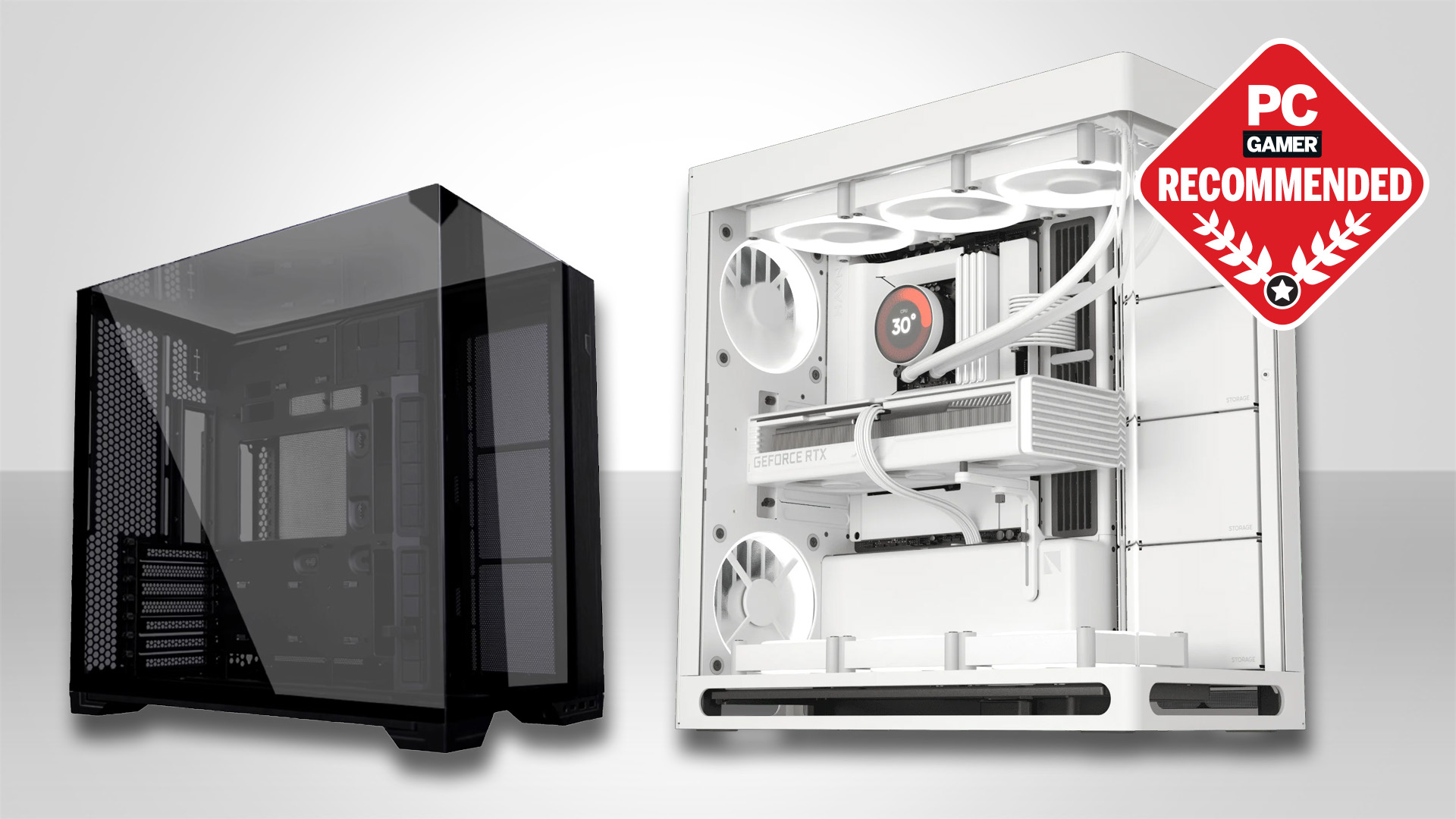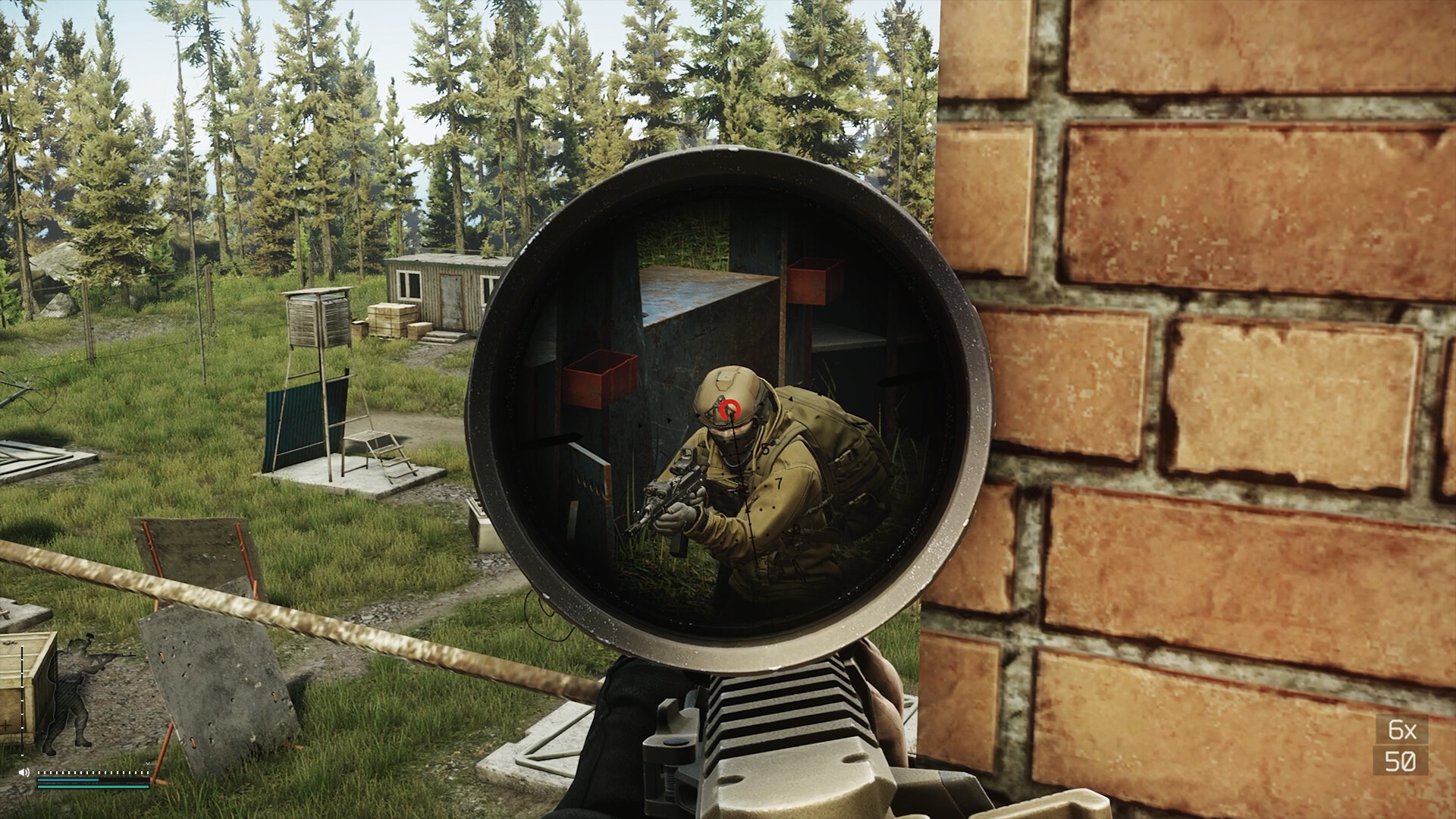Further details of Nvidia's GB10 'superchip' shine light on the complex collaboration with MediaTek
Though folks who have ordered one would probably have preferred to get the actual chip rather than just a tech breakdown.

Earlier this year, Nvidia launched its DGX Spark "supercomputer on your desk", packing an all-in-one APU codenamed GB10. While its basic specifications were freely given at the time, more pertinent details were left to be guessed at. However, at this year's Hot Chips event, Nvidia has spilt the beans—well, some beans—about the AI processor's MediaTek CPU, Blackwell-based GPU, and how the whole collaboration between the two companies resulted in such a complex chip.
Various media attendees of the conference have been perusing the details and publishing their thoughts on the chip and MediaTek collaboration, such as the German site HardwareLuxx.
More details on the GB10 Grace Blackwell Superchip by @NVIDIAAI as shown at @hotchipsorg #HC2025- S-Dielet/S-Die (CPU, Memory Subsystem, etc.)- G-Dielet/G-Die (Blackwell-GPU)- TSMC 3nm (both)- Advanced 2.5D Packaging- 256b LPDDR5X-9400 (301 GB/s)https://t.co/590KwVHA4t pic.twitter.com/KxNRzvzeD8August 26, 2025
The GB10 is a tiled/chiplet design, though Nvidia prefers the term 'dielet', with the larger chiplet ('S-die') being a modified MediaTek creation (comprising the CPU cores, memory system, and IO), and the slightly smaller GPU chiplet ('G-die') using the same architecture as the massive GB100 AI processor.
Communication between the two dies is handled by a so-called chip-2-chip interface, designed by Nvidia and based on its NVLink system. However, getting the two sections to work together required far more than just a nifty, 600 GB/s bidirectional connection system.
Presentation slides point out that the "implementation of industry defined standard interfaces and protocols" made the whole thing possible in the first place, but "heavy reliance" on bus functional models, co-simulations, and emulation was required to get MediaTek and Nvidia's hardware, firmware, and software to all work together.
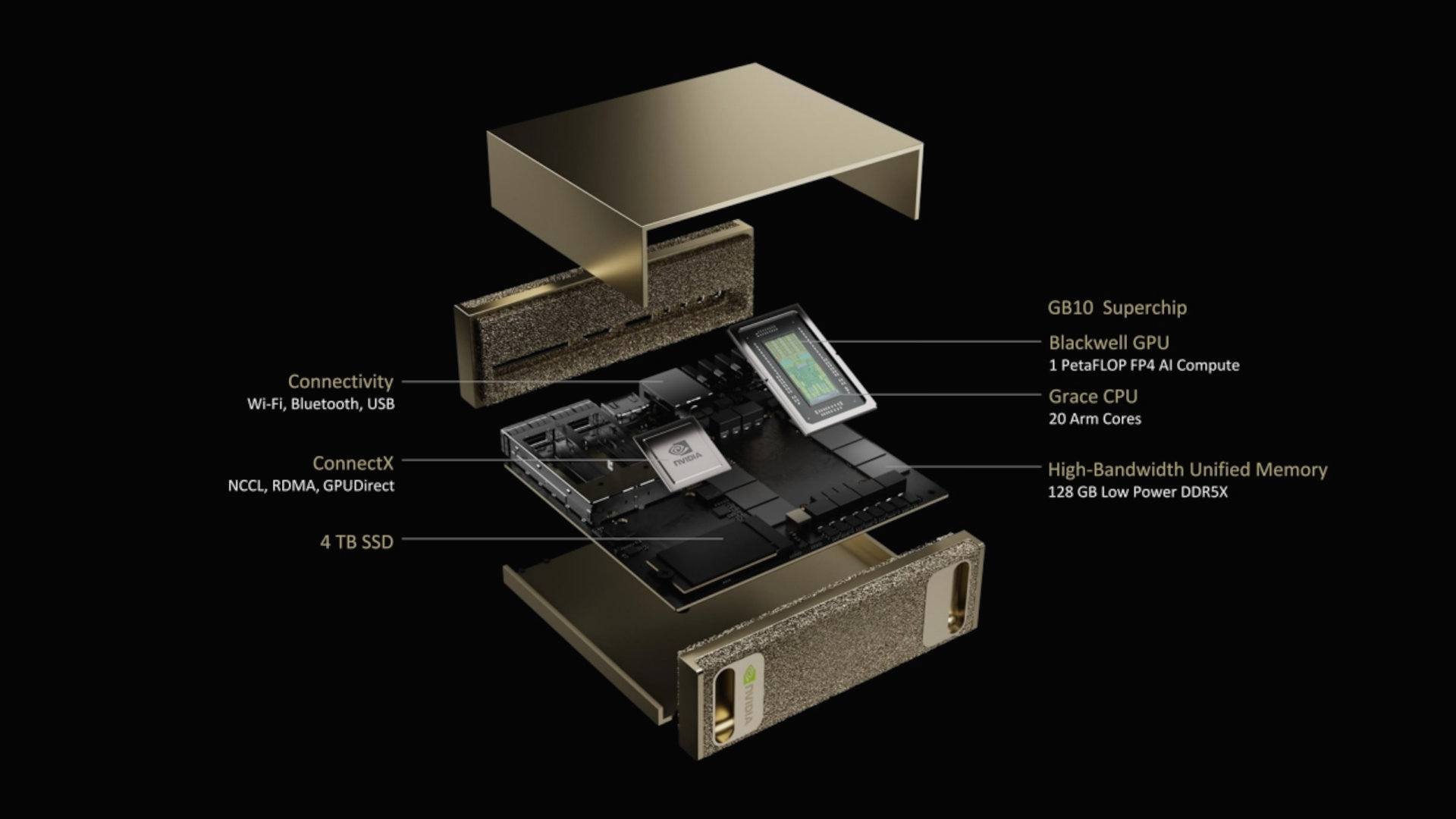
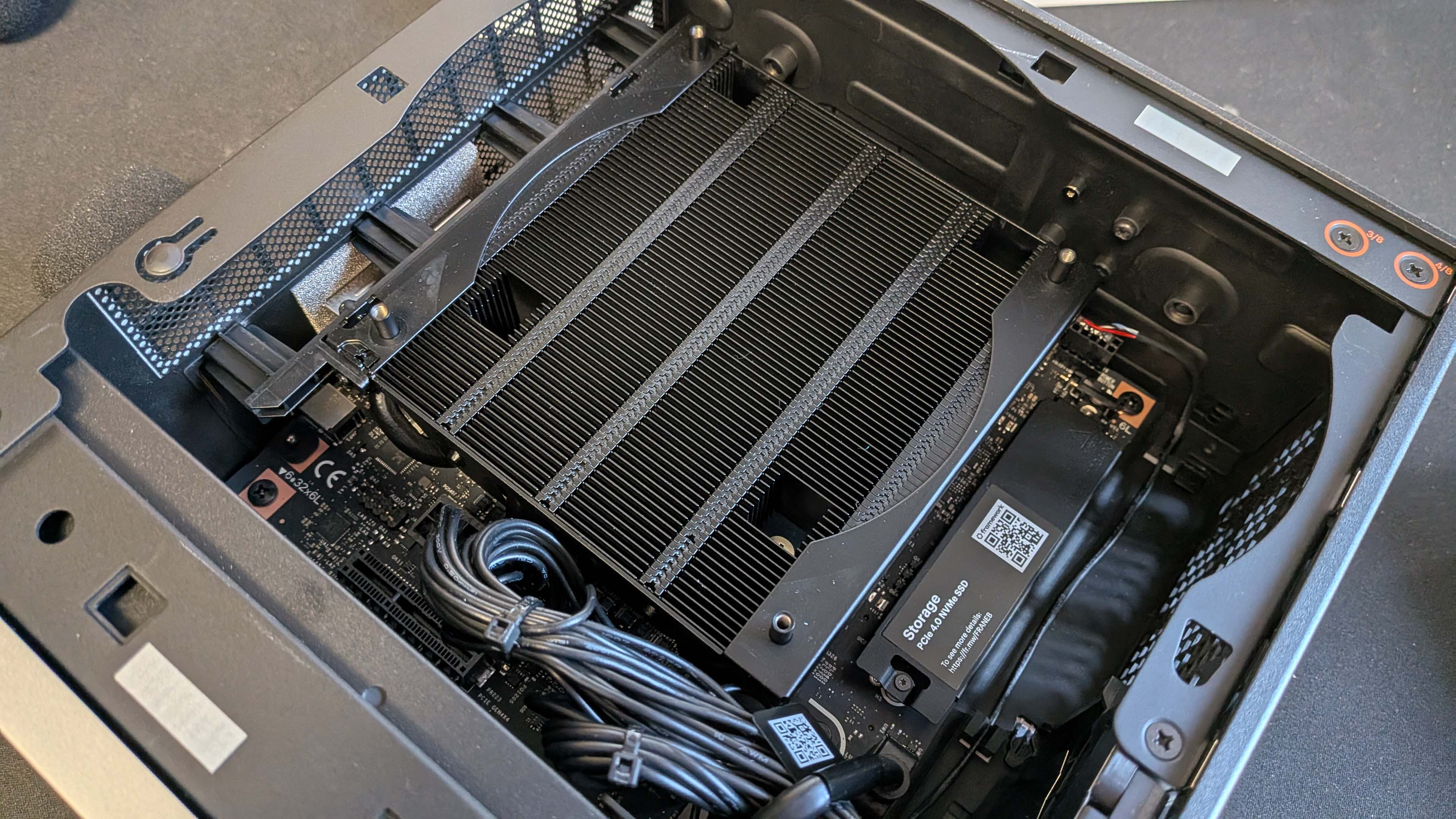
Anyone who has studied or worked in chip design and manufacturing will not be surprised by this, but it goes some way in explaining why the DGX Spark is so expensive ($4,000). Take AMD's Ryzen AI Max+ 395 (aka Strix Halo), for example. That's another all-in-one APU, with a focus on AI, sporting a big CPU and mid-range-ish GPU. The Framework Desktop uses this processor, and while it's not exactly cheap at nearly $2,300, it's considerably cheaper than the DGX Spark.
That's because AMD didn't have to work with anyone else or spend countless hours and dollars getting its hardware and software to cooperate with anything else. Every aspect of the Strix Halo is 100% AMD, and it's all based on existing designs and IP. The GB10 is similar to a certain extent, but that MediaTek CPU was never originally designed to have a large GPU bolted to the side.
Keep up to date with the most important stories and the best deals, as picked by the PC Gamer team.
Take the GPU's last-level cache (LLC), for example. In this instance, it acts as an L2 cache for the graphics chip, and all APUs have such systems. However, the GB10's can also be accessed and used by the MediaTek CPU as an L4 cache, whereas in Strix Halo, the GPU's 64 MB LLC isn't accessible by the Zen CPU cores.
In short, the GB10 is a surprisingly complex design, and that's possibly why we've not seen any sign of it being launched for general consumer laptops yet. If we assume that it will see the light of day, under the guise of a different name and perhaps with weaker specifications, will the common-or-garden version of the GB10 give AMD any cause for concern?

I suspect it won't, and for one simple reason. Qualcomm and Microsoft have tried in recent times to step away from the domination of x86-based processors, with the former's Snapdragon X chips and the latter's Copilot AI PC ecosystem. Neither has been a roaring success, and the laptop market still heavily favours AMD and Intel CPUs.
Nvidia hasn't struggled to raise interest for the GB10-powered DGX Spark, but it will probably find it to be a very different story when it comes to prising OEMs, system builders, and general PC users away from something that they're very familiar and comfortable with.
At the time of writing, I've yet to see a Spark out in the wild, in the hands of a random AI hobbyist—almost eight months after its launch—which makes me wonder if this collaboration with MediaTek will last much longer.
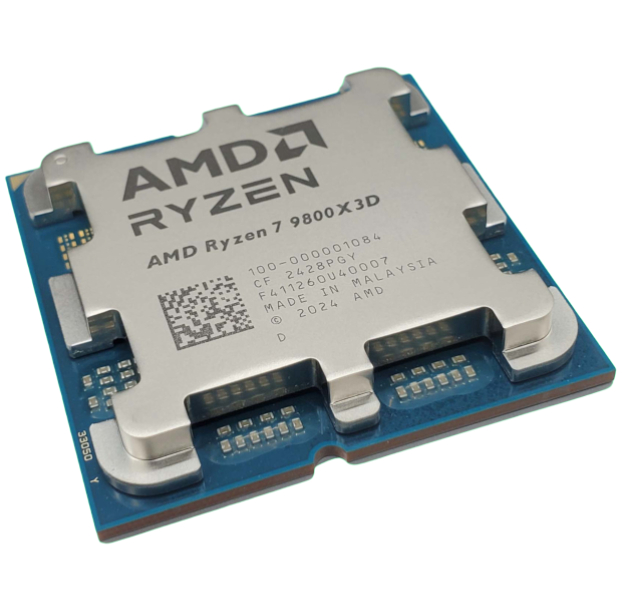
👉Check out our list of guides👈
1. Best CPU: AMD Ryzen 7 9800X3D
2. Best motherboard: MSI MAG X870 Tomahawk WiFi
3. Best RAM: G.Skill Trident Z5 RGB 32 GB DDR5-7200
4. Best SSD: WD_Black SN7100
5. Best graphics card: AMD Radeon RX 9070

Nick, gaming, and computers all first met in the early 1980s. After leaving university, he became a physics and IT teacher and started writing about tech in the late 1990s. That resulted in him working with MadOnion to write the help files for 3DMark and PCMark. After a short stint working at Beyond3D.com, Nick joined Futuremark (MadOnion rebranded) full-time, as editor-in-chief for its PC gaming section, YouGamers. After the site shutdown, he became an engineering and computing lecturer for many years, but missed the writing bug. Cue four years at TechSpot.com covering everything and anything to do with tech and PCs. He freely admits to being far too obsessed with GPUs and open-world grindy RPGs, but who isn't these days?
You must confirm your public display name before commenting
Please logout and then login again, you will then be prompted to enter your display name.
